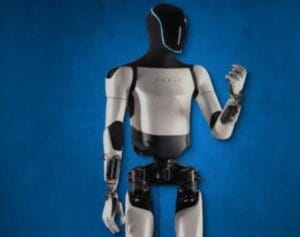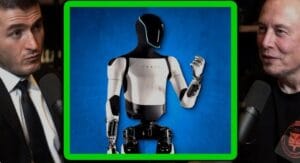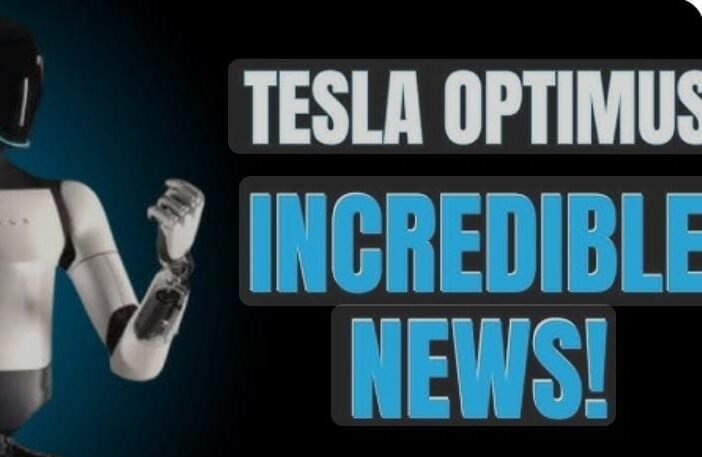What is the name of the famous humanoid tti robot?
Sophia: The Humanoid Robot Changing the Future of AI and Robotics

Sophia, the humanoid robot created by Hanson Robotics, is one of the most recognizable faces of the future of artificial intelligence and robotics. With her lifelike appearance, sophisticated expressions, and the ability to converse naturally with humans, Sophia has become an icon, challenging our ideas of human-machine interaction and the future of AI. The development of Sophia, her technological capabilities, and her broader implications for robotics and society are the subjects of this article.
The Development of Sophia Dr. Sophia was created. David Hanson is the founder of Hanson Robotics, a company that creates humanoid robots with advanced AI and highly expressive faces. Dr. Hanson’s passion for robotics and his fascination with the human face were pivotal in Sophia’s creation.
Not only did we want Sophia to appear human, but we also wanted her to be able to imitate a wide range of human emotions and facial expressions—something that many robots struggle with. Sophia was introduced to the world in 2016 at South by Southwest (SXSW), a festival that celebrates innovation in technology and culture.
Her striking realism immediately caught the attention of the public and the media, and she was soon featured in countless articles, interviews, and television appearances. The robot’s ability to engage in natural conversations and express complex emotions like joy, sadness, surprise, and anger was groundbreaking for the time.
Sophia’s Technological Advancements
What truly sets Sophia apart from other humanoid robots is the advanced AI and machine learning that power her interactions. Sophia is built on a platform known as Hanson AI, which combines state-of-the-art facial recognition, machine learning, and natural language processing (NLP). She is able to comprehend context, interpret and respond to a wide range of human speech patterns, and even make decisions based on previous interactions because of this. Her face is made from a highly flexible material that allows her to show over 60 different facial expressions.
This ability to express emotions through facial movements is a key component of Sophia’s design, as it allows her to create a sense of connection with humans. For example, Sophia can smile, raise her eyebrows, and even make subtle, empathetic expressions when engaging with people. Because robots typically lack this level of expressiveness, Sophia was one of the first robots to bridge the emotional gap between humans and machines. Since Sophia’s AI is constantly updated, she can learn from her experiences. She remembers interactions with people and improves her responses over time.
This means that Sophia can engage in meaningful conversations, offer advice, or even tell jokes, all while adapting her communication style to suit the context of the conversation.
Sophia’s Impact on the World
Sophia’s rise to fame has brought robotics and AI into the public spotlight. In 2017, she became the first robot to be granted citizenship by Saudi Arabia, sparking a global debate about the ethics and implications of granting legal rights to machines. While this was largely a symbolic gesture, it raised important questions about how humanity views AI and the rights we may one day offer to intelligent machines.
Sophia has also been an advocate for the responsible use of AI, often speaking about the importance of ensuring that AI is developed in a way that benefits humanity. In interviews, she has discussed her role in improving healthcare, education, and communication. By providing highly personalized interactions, Sophia’s technology, for instance, has the potential to revolutionize customer service.
Additionally, she could be utilized in hospitals to assist in the care of patients who suffer from conditions such as autism or dementia. Moreover, Sophia is often featured in discussions about the future of work and the role of robots in society. Robots like Sophia provide a glimpse into a future where AI-powered machines may play a significant role in industries such as entertainment, education, and even healthcare, as automation continues to impact various industries.

Sophia’s creators emphasize the importance of human-machine collaboration, with robots enhancing human capabilities rather than replacing them, despite concerns about AI’s ethical implications and the displacement of jobs. Sophia’s Influence in Popular Culture
Sophia has become a phenomenon in popular culture in addition to her technical accomplishments. She has given interviews on major television shows like The Late Show with Stephen Colbert and The Tonight Show Starring Jimmy Fallon.
Audiences have been captivated and enthused by her ability to interact in real time with human hosts. Sophia has also taken on various public personas, from promoting sustainability to advocating for gender equality. Her “human-like” qualities, including her ability to make jokes and speak about real-world issues, have cemented her as more than just a machine—she is a symbol of the future of artificial intelligence.
The Future of Sophia and Humanoid Robots
Looking ahead, Sophia’s creators have plans to continue advancing her capabilities. Future versions of Sophia are expected to feature even more advanced AI, deeper emotional intelligence, and greater autonomy. The objective is for Sophia to become an essential member of human society, collaborating with others to resolve real-world issues and enhance lives.
While Sophia’s technology is ground-breaking, it also raises significant ethical and philosophical concerns regarding AI’s place in our future. As Sophia and other humanoid robots continue to evolve, it will be crucial for developers, governments, and society to engage in discussions about the ethical implications of AI, its integration into society, and the potential consequences of creating machines with human-like qualities.
Conclusion
Sophia has undoubtedly made a lasting impact on the world of robotics, AI, and human-machine interaction. As one of the most advanced humanoid robots in existence, she serves as both a symbol of technological achievement and a reminder of the profound implications of AI on our future. Whether she’s engaging in conversations, promoting important causes, or appearing on the world stage, Sophia represents the growing intersection between technology and humanity—one that promises to shape the world in ways we have only begun to imagine.
